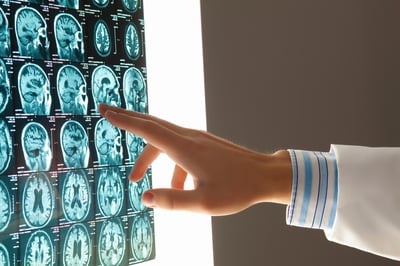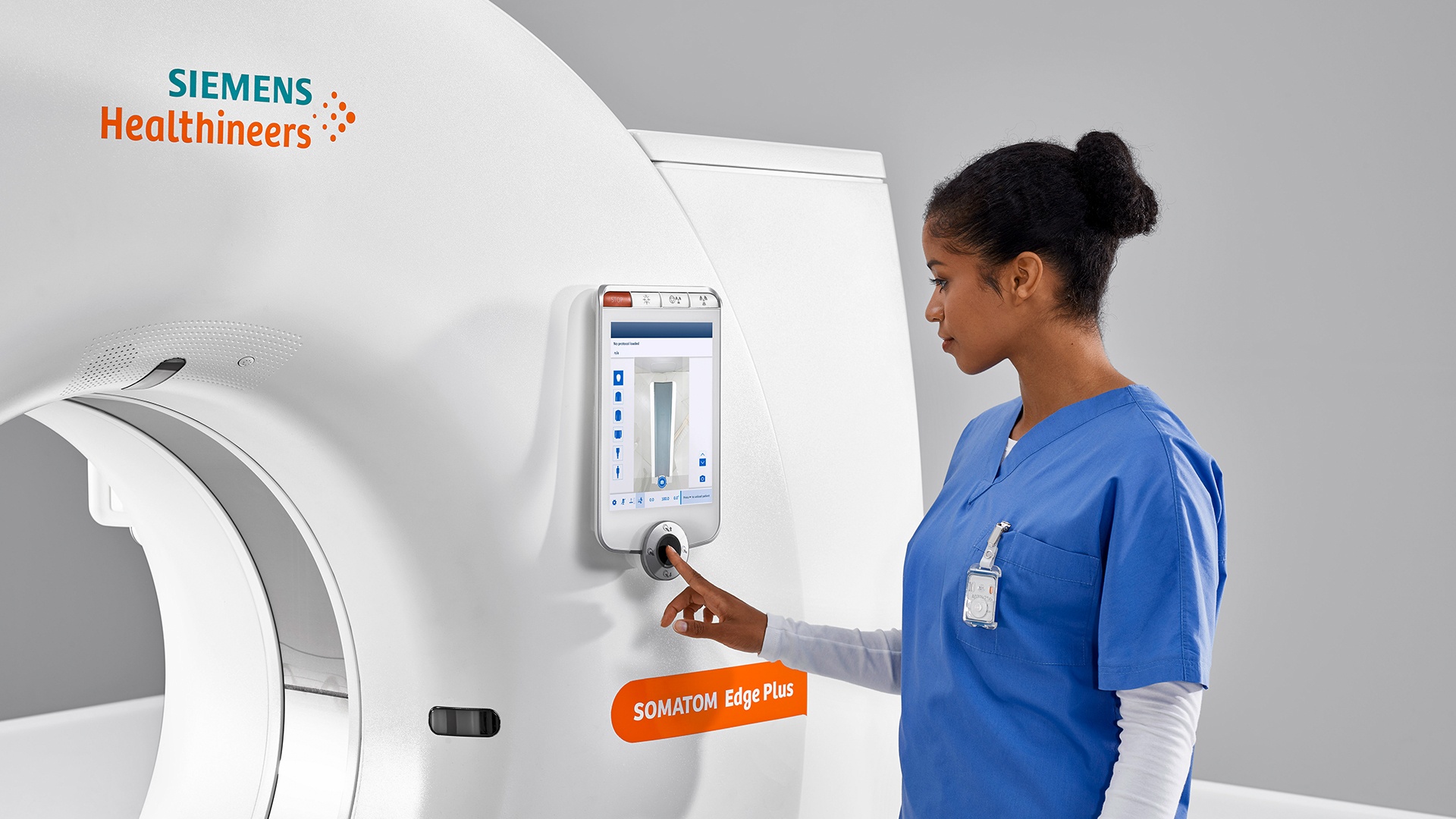 Forensic science plays an increasingly significant role in the investigation and resolution of criminal activities.
Forensic science plays an increasingly significant role in the investigation and resolution of criminal activities.
As modern technology advances, it presents new opportunities for solving complex cases and enhancing the efficiency of forensic investigations. One of the most revolutionary developments in contemporary forensic science is the utilization of imaging techniques, particularly forensic radiology.
What is Forensic Radiology?
Forensic radiology leverages imaging modalities, including x-ray, computed tomography (CT), and magnetic resonance imaging (MRI), for the identification, analysis and documentation of physical evidence found at crime scenes and on human remains. The applications of forensic radiology are expansive, from documenting findings during post-mortem examinations to locating foreign objects and identifying bullet trajectories.
Outdated forensic methods have often relied on fingerprinting, bloodstain pattern analysis and bite mark identification to secure convictions. Unfortunately, these methods face sensitivity issues, subjective interpretation, and higher error rates, which can contribute to wrongful convictions.
Bite mark comparisons, for instance, are no longer considered reliable due to their non-scientific basis, rendering them useless in many investigations. Likewise, firearm tool mark analysis and shoe print comparisons are receiving similar scrutiny. As such, older forensic techniques are starting to lose their usefulness as they lose their trustworthiness, and they’re being replaced by newer and more advanced methods.
Forensic radiology is one such advanced method. It’s grown in popularity because it ensures the accuracy, objectivity, and reliability of evidence, making it a critical addition to forensic science practices. That’s a big reason why adoption of innovative imaging techniques in forensic radiology is becoming widespread.
Progress has been made through organizations like the ASRT Forensic Radiography Task Force, which aims to promote the use of advanced imaging in forensic investigations. This has led to a rise in virtopsies, which are exactly what they sound like: virtual autopsies that can be conducted without damaging remains, making them less invasive and more efficient than traditional autopsies.
CT Grows in Prominence
There is no doubt that radiology is becoming an essential tool for forensic investigations and will continue to be a significant part of the forensic medicine field for the foreseeable future. But some modalities stand out more than others.
Among the most promising modalities is computed tomography, an invaluable tool in forensics. CT scans create detailed, high-resolution images that allow investigators to non-invasively examine the human body, which makes CT an excellent option for identifying skeletal trauma, gunshot wounds and concealed objects.

Compared to traditional methods, CT scans can often provide more accurate findings while simultaneously preserving the body's integrity for future examinations. Aside from its efficiency and precision, CT scanning dramatically reduces the time and resources needed to perform a comprehensive forensic investigation.
Multidetector Computed Tomography (MDCT), in particular, has revolutionized the field of forensic radiology. MDCT allows a full-body multiplanar study, boosted by enhanced post-processing, that expertly detects bone structure in trauma or internal hemorrhage in patients with penetrating wounds.
This technology's post-mortem version (PMCT) is commonly performed before an autopsy. However, it has limitations in studying the vascular system, which gave birth to Multiphase Post-Mortem CT-Angiography (MPMCTA), which better detects the source of hemorrhage and coronary occlusions.
The value of CT in forensics is indisputable, offering better results than conventional autopsies that use standard x-rays.
An Expansive Field
Forensic radiology is a cutting-edge discipline that can ultimately strengthen forensic science. A new era of progress and innovation could be here soon, paving the way for modern forensic science to reach new heights of excellence.
By utilizing less invasive imaging techniques, such as CT scans and x-rays, mummified remains and skeletal analyses can be studied in greater detail without compromising the integrity of the specimens. In addition, facial reconstructions and 3D modeling aid in solving cold cases by providing a visual representation of unidentified victims.
Radiologists’ crucial role in analyzing trauma will continue to grow as investigators rely on them to distinguish between accidental and non-accidental causes of death, determining the shape and point of impact of any objects or weapons involved, and more.
This interdisciplinary approach to forensic science continues to advance our abilities to solve crimes and provide closure for families and communities affected by tragedy. The future of forensic science is undoubtedly bright, and the continued development of forensic radiology is an essential facet of this important field.
Did you enjoy this article? Find out more at Cassling's "The Technologist's Introduction to Forensic Radiology," hosted by this article's author. This Investing In You continuing education webinar is worth 1.0 CE credit from the ASRT. Sign up today!






Comments